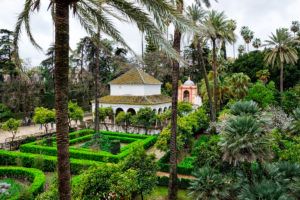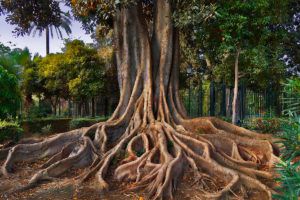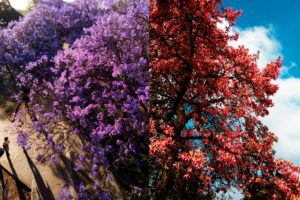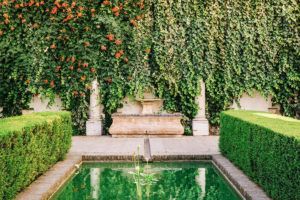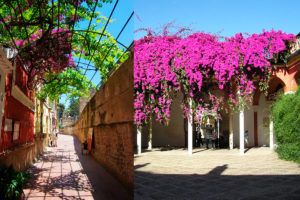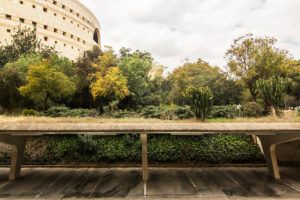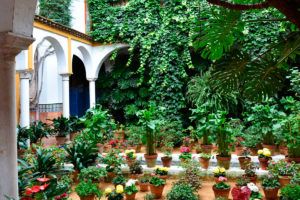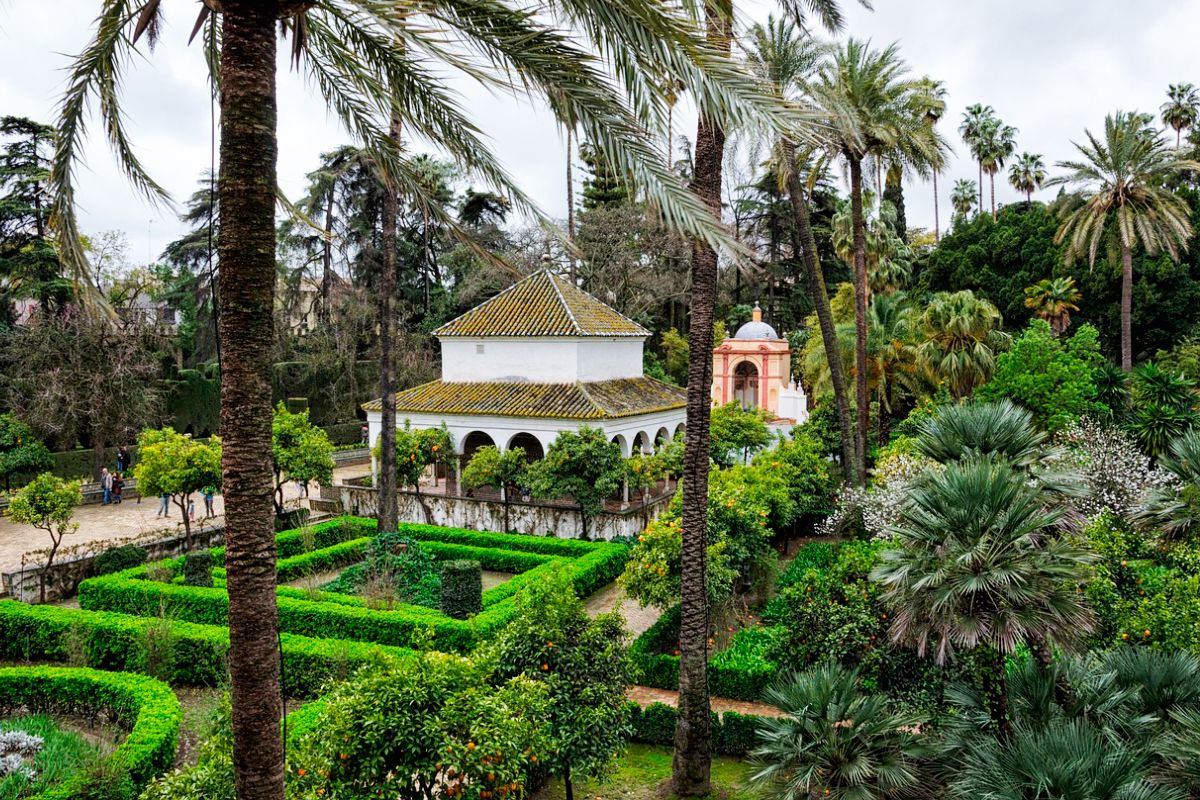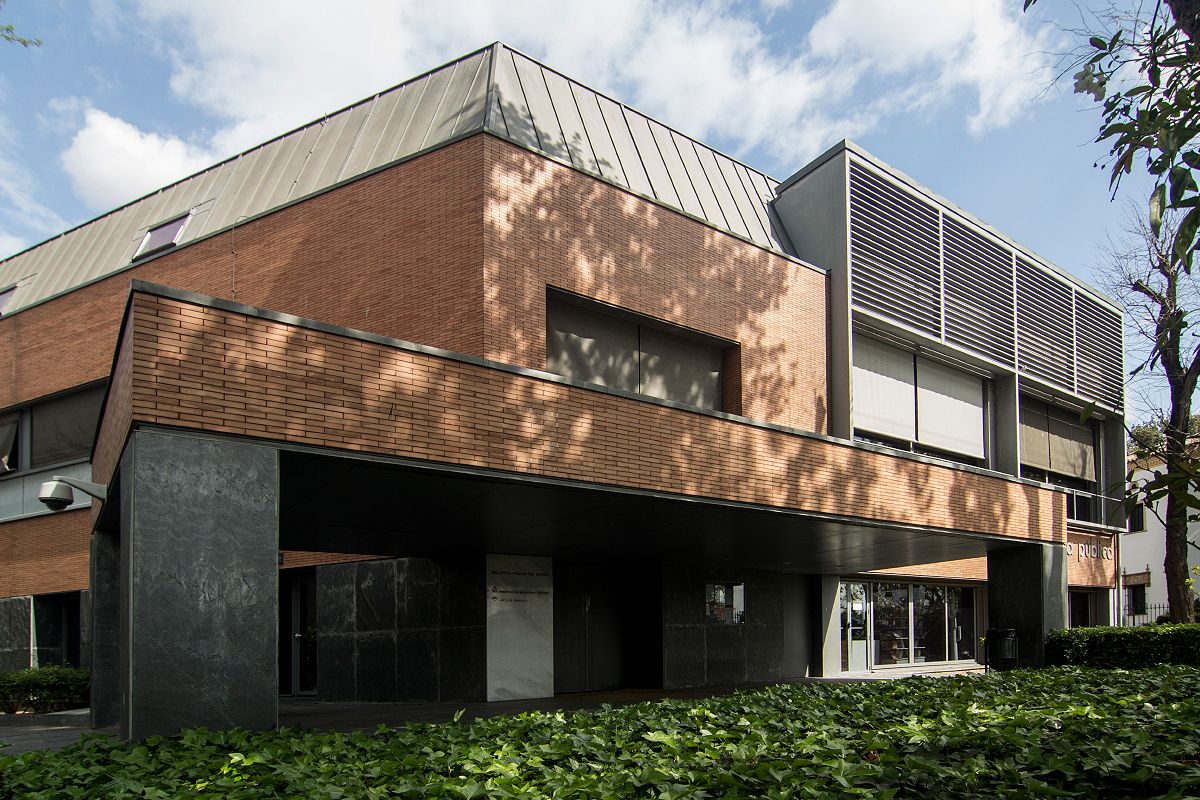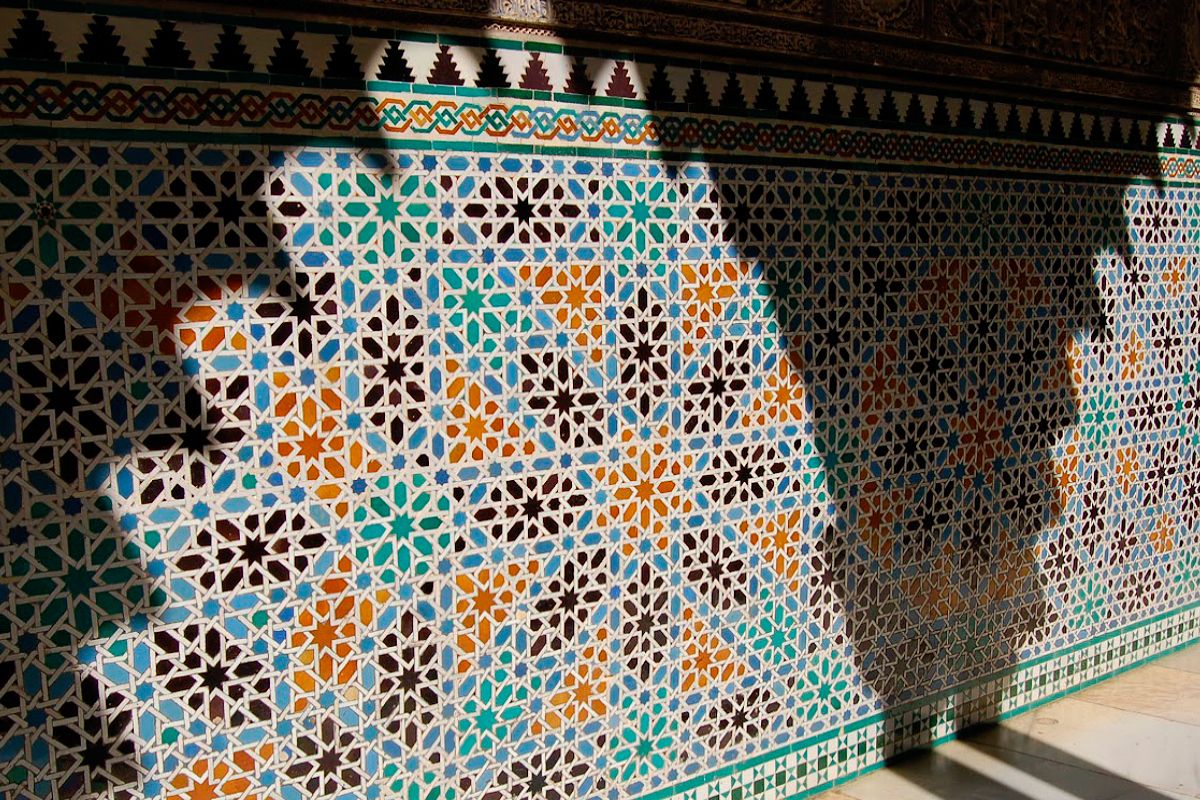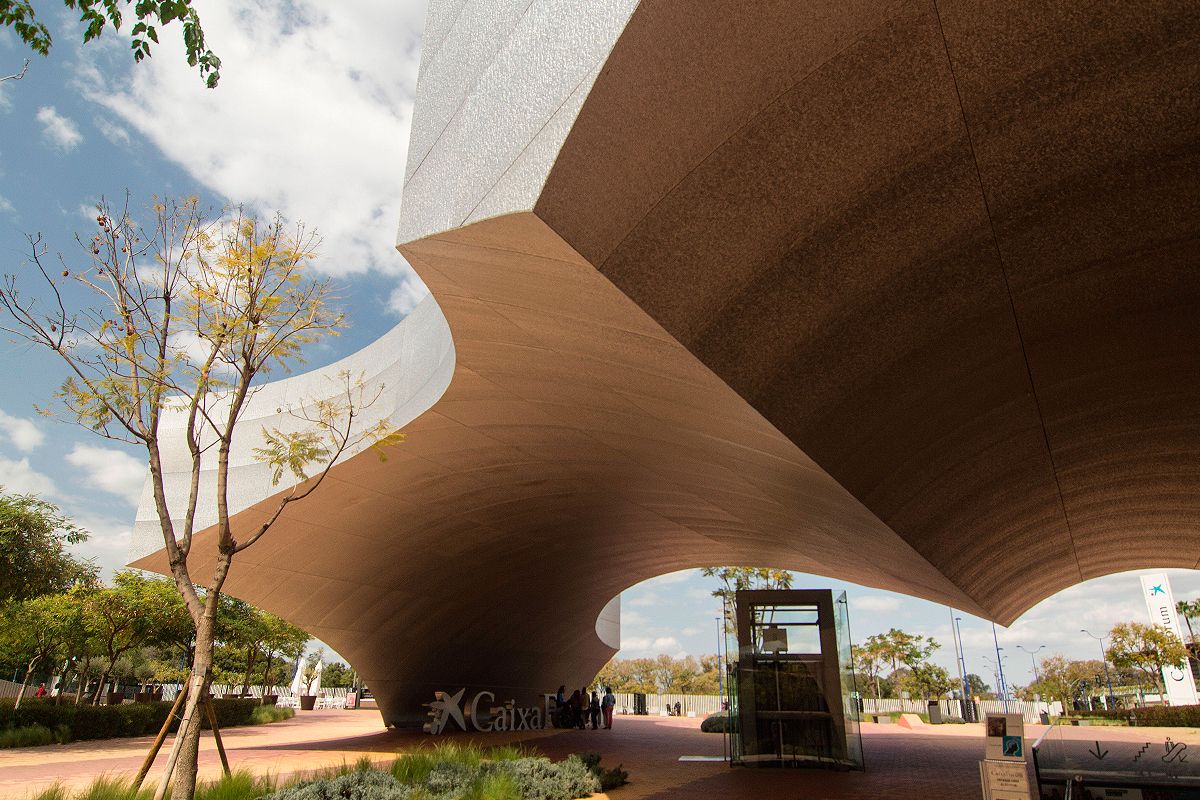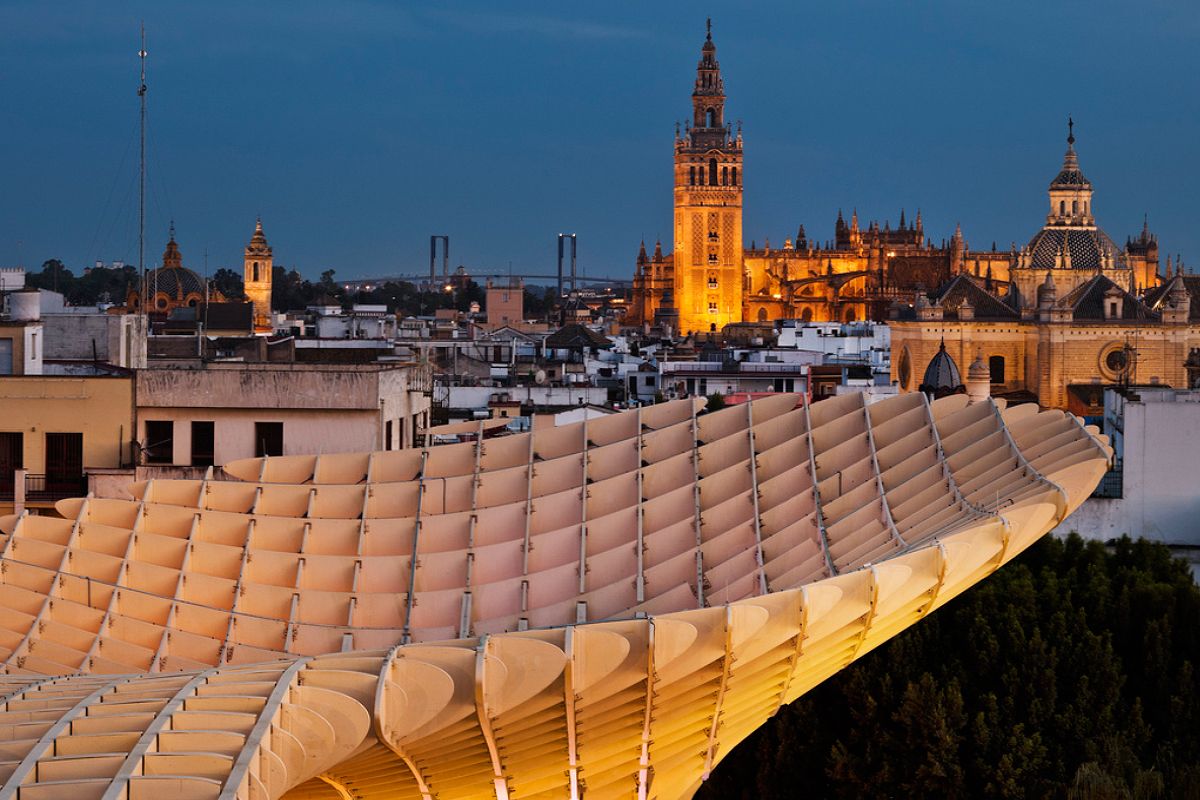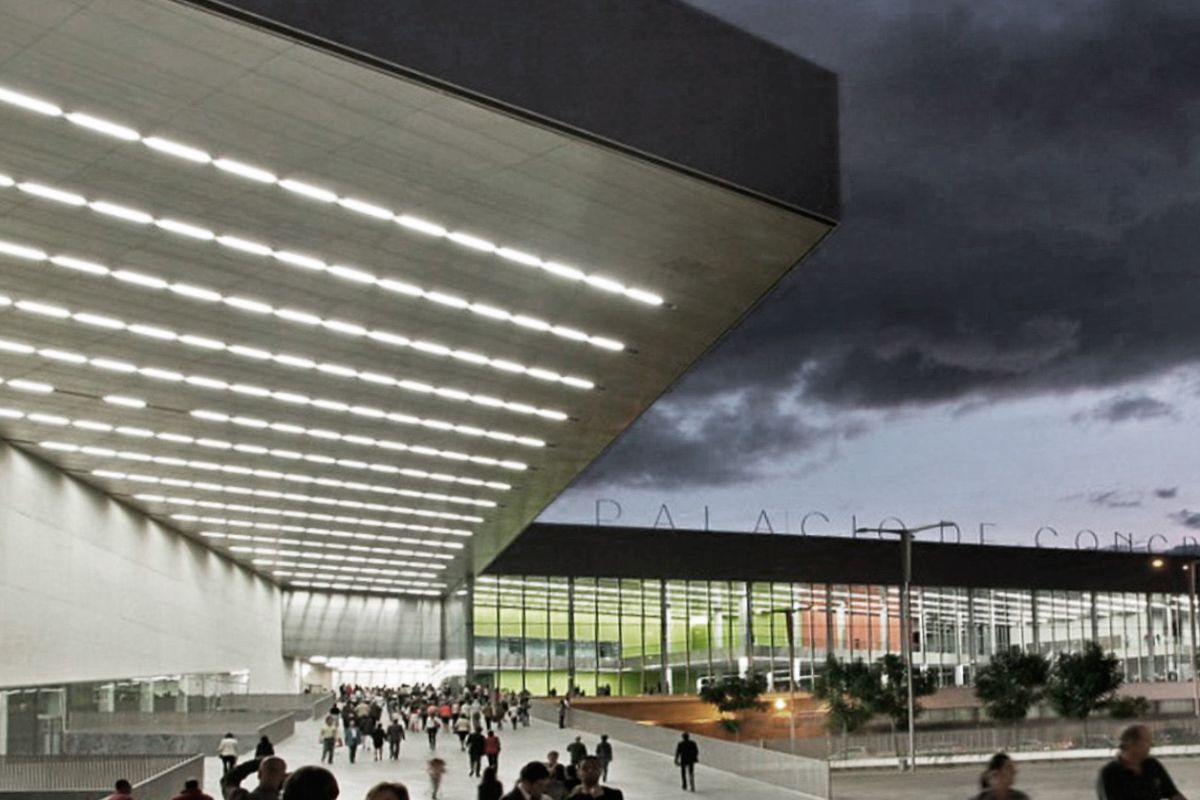Project Description
SEVILLE – OTHER ECOLOGIES AND PUBLIC SPACE: GARDENS, ORCHARDS, LANDSCAPES
Languages available: EN ES FR PT
Customizable tour: Yes
Programmed Tour: No (on demand)
Recommended group size per guide: 20
Duration: 4/8 hours
DESCRIPTION – Seville: Other Ecologies and Public Space: Gardens, Orchards, Landscapes
The monumental Seville made of stone, brick or ceramics, coexists with a green Seville that strengthens its personality as confluence of civilizations. The dispersion of plants across the planet may be due to the action of winds, animals or human travelers. In the first cases, nature has been the principle of distribution; in the last, it has been the propagation of the different civilizations on the territory that has led to a certain “cultural” evolution of the same nature.
From this point of view, Seville can be understood as a conglomerate of gardens created by different cultures in which new species and sensitivities have been grafted according to the inhabitants and the networks of exchange established with the world.
Seville has been an essential node as a laboratory for the acclimatization and dispersal of species throughout the planet: first thanks to the Mediterranean cultures that located in this region “at the end of the world” the coveted Garden of the Hespérides; then through Al-Andalus, which renewed the hydraulic culture and brought Eastern plants to Europe establishing a truly “green revolution”; since 1492, the connection with America as Puerto de Indias open a new window for the arrival of unknown species for the first time in Europe; and finally, promoted by Orientalism and the visions of romantics like Irving, a new cohort of exotic species from Asia and Africa, hand by hand with the Exhibitions of 1929 and 1992.
Palace gardens like those of the Real Alcazar or Casa de las Dueñas; intimate gardens within the vast network of urban convents; Green illustrated “halls” like the Paseo de las Delicias; exotic places such as the Museum and Cristo de Burgos; Romantic environments such as María Luisa Park or new urban facilities such as the greenway around the Guadalquivir River and the Alamillo Park turn the city into an unexpected palimpsest: a landscape laboratory that turns the city into what the landscape gardener and gardener Gilles Clément calls planetary index.
In routes based on the work of the multidisciplinary collective Nomad Garden, explore the natural and cultural heritage of the city and the connections between the two are established to enjoy another way of understanding the city.

